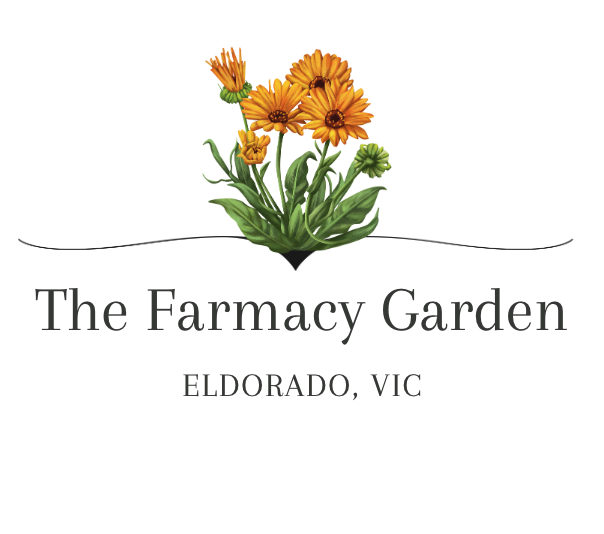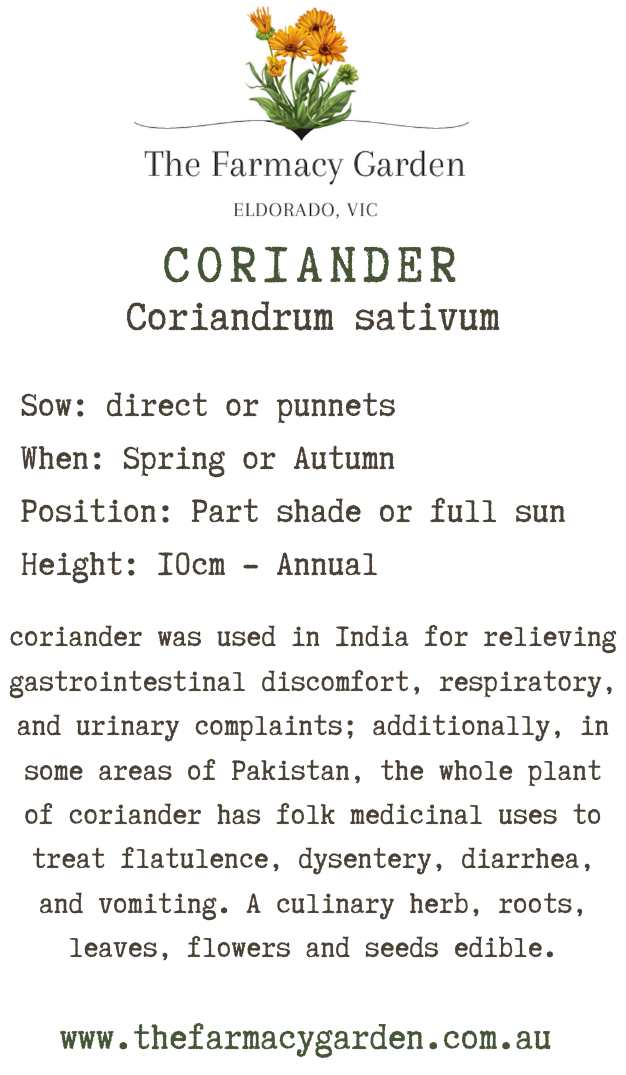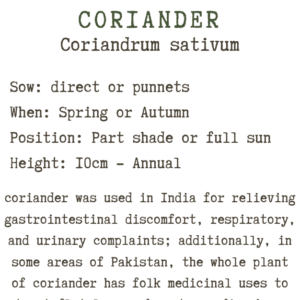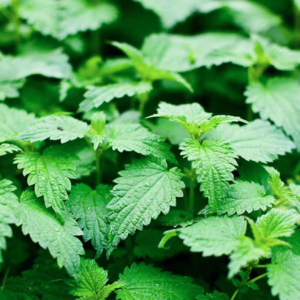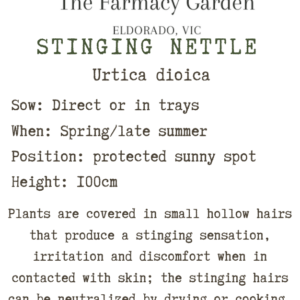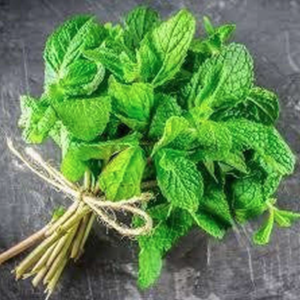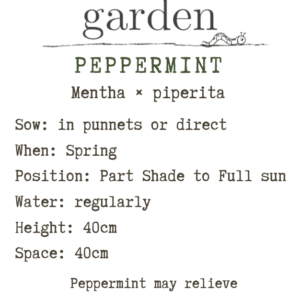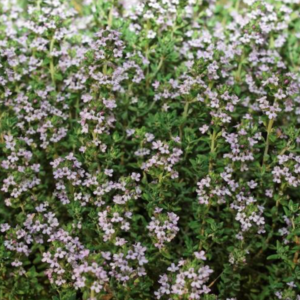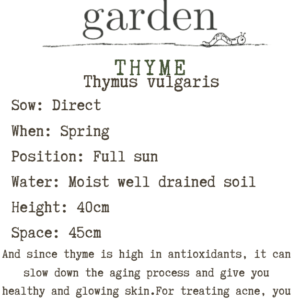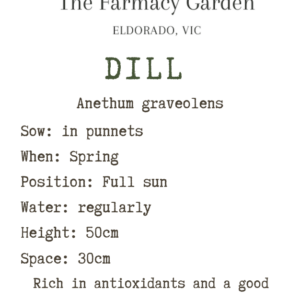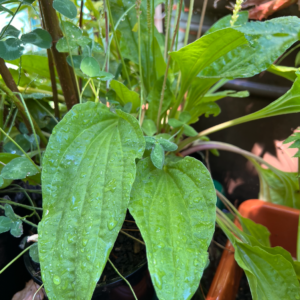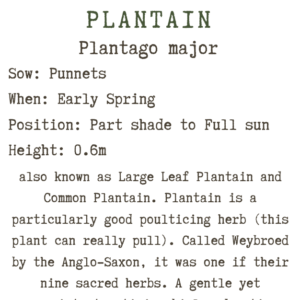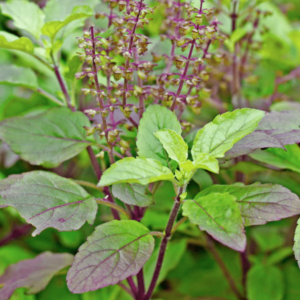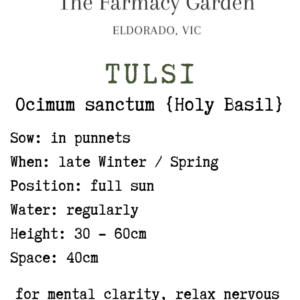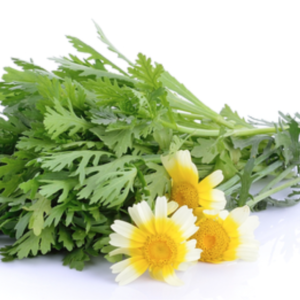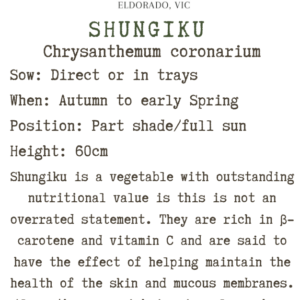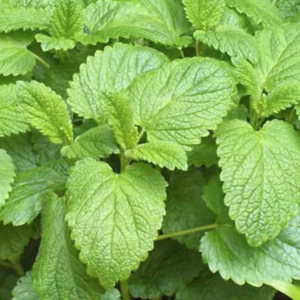Coriander Seed, Coriandum sativum
$4.50
Coriander (Coriandrum sativum) is an annual herb that has been grown and eaten all around the world for a very long time. It has a wonderful tangy flavour and is the perfect herb for adding some zing to your cooking. Fresh leaves can be added to salads and wraps while the roots and seeds, which have a stronger flavour, are often used to enhance curries and stir fries.
Coriander (Coriandrum sativum) is an annual herb that has been grown and eaten all around the world for a very long time. It has a wonderful tangy flavour and is the perfect herb for adding some zing to your cooking. Fresh leaves can be added to salads and wraps while the roots and seeds, which have a stronger flavour, are often used to enhance curries and stir fries.
GROW: Coriander needs a sunny spot but with some protection from hot sunlight. Morning sun and light shade in the afternoon is ideal. The soil needs to be free draining and should be enriched with organic matter such as cow manure and compost. If growing in a pot choose a good quality premium potting mix. Sow seeds direct in the soil so there’s no need to worry about transplant shock and water in with liquid fertiliser to stimulate faster germination. You can also stagger successive sowings over a few weeks to extend the harvest window.
HARVEST: Once the plants have grown a bit, the leaves and stems can be picked at any time. Choose the outside green leaves and discard any yellowing ones. You can also pull out the entire plant and use the leaves, stems and roots. All can be crushed and chopped to add to curries or stir fries.
Once the plant has flowered and gone to seed cut off the seed heads and place in a dry environment for a couple of weeks. Many gardeners use paper bags to store the drying seed so they are protected but can still ‘breathe’ as they dry out. Once seed heads are fully dry remove the seeds and store in a sealed container. Seeds can then be used for sowing additional crops or used in cooking either whole or ground into a powder.
USE: Has many culinary uses and health benefits. It can help lower your blood sugars, fight infections, and promote heart, brain, skin, and digestive health.
Related products
Medicinal Herb Seeds
Medicinal Herb Seeds
Medicinal Herb Seeds
Flower Seeds
Medicinal Herb Seeds
Flower Seeds
Medicinal Herb Seeds
